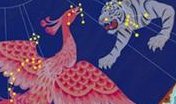257. Number of
'feathers' could have been used for conveying
information.
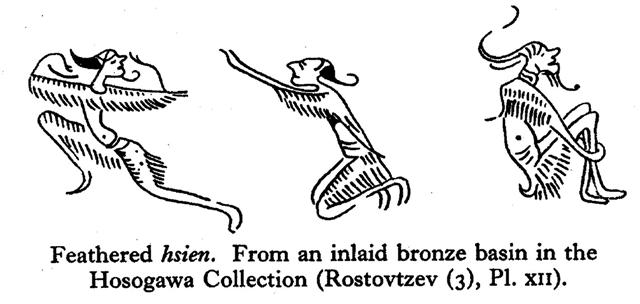
The G tablet has
arranged its 4 curious characters with no
eyes in pairs and we can perceive also the
corresponding C figures as basically
incorporating a double pair. Double Double
is a name for ε Lyrae at the head of the bird in the
top of the Tree and once upon a time Gemini
was named the
Doublegood Pair, and they were connected by
ε at
the outstretched (Mebsuta) left leg
of Castor, above the outstretched right
front paw of the Chinese White Tiger:
... In Hindu legend there was a mother
goddess called Aditi, who had seven
offspring. She is called 'Mother of the
Gods'. Aditi, whose name means 'free,
unbounded, infinity' was assigned in the
ancient lists of constellations as the
regent of the asterism Punarvasu.
Punarvasu is dual in form and means 'The
Doublegood Pair'. The singular form of this
noun is used to refer to the star Pollux. It
is not difficult to surmise that the other
member of the Doublegood Pair was Castor.
Then the constellation Punarvasu is
quite equivalent to our Gemini, the Twins
...
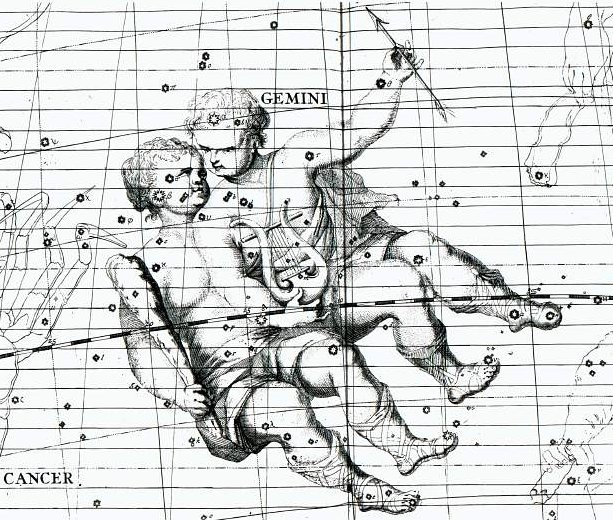
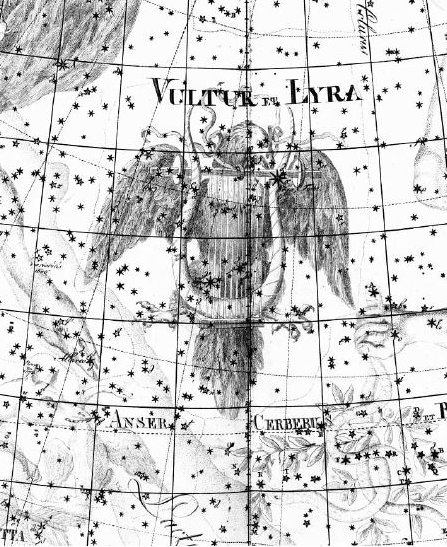

|
9(0) + 10(0) + 11(0) + 12(0) = 42(0) |
 |
 |
 |
 |
|
Cb10-9 (631) |
Cb10-10 → 100 |
Cb10-11 |
Cb10-12 (242) |
|
14 weeks |
14 weeks |
14
- 3 = 11 weeks |
12 weeks |
|
14 * 14 + 77 = 273 days = 294 -
21 days |
84 days |
|
357 days = 378 - 21 days = 54 - 3
weeks = 420 - 63 days = 60 weeks
- 9 weeks |
 |
 |
 |
 |
|
Gb6-21 (174) |
Gb6-22 (404) |
Gb6-23 |
Gb6-24 (229 + 6 * 29½) |
|
12 * 13 = 156 (= 2 * 78
= 140 + 16 = 3 * 52) |
15 * 15 = 225 (= 590 - 365 = 3 * 75) |
|
156 + 225 = 381 days =
471 - 90 days = 365 + 16
days = 3 * 127 days |
|
(12 + 13) * 7 = 175 (=
350 / 2) days |
(15 + 15) * 7 = 210 (=
420 / 2) days |
|
175 + 210 = 385 = 381 +
4 days |
When the Full Moon
was at Double Double (ε
Lyrae), then it was known that the Sun
had reached ε Gemini (Mebsuta)
- as if all the 'heart' strings of
the Lyra double good pair connected
them:
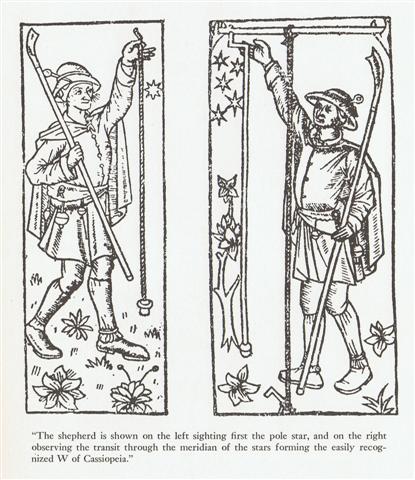
|
63 |
zero |
229 |
169 |
 |
 |
 |
 |
6 |
|
Gb6-17 (229 + 170) |
Gb6-18 → 108 |
Gb6-19 |
Gb6-20 (402) |
|
no star listed (98) |
ν Puppis (99.2), ψ3
Aurigae (99.4), ψ2
Aurigae (99.5)
GEMMA
(α Cor. Bor.) |
ψ4 Aurigae (100.5),
MEBSUTA
(Outstretched) = ε
Gemini
(100.7) |
SIRIUS
= α Canis Majoris
(101.2), ψ5 Aurigae
(101.4), ν Gemini
(101.6), ψ6 Aurigae
(101.7) |
|
June 27 |
28 |
29 (180) |
30 (*107 - *6) |
|
Abhijit-22 (Victorious)
θ Cor. Austr. (281.0),
VEGA
= α Lyrae (281.8) |
no star listed (282) |
ζ Pavonis (283.4), λ
Cor. Austr. (283.6),
DOUBLE DOUBLE
= ε Lyrae (283.7),
ζ Lyrae (283.8) |
South Dipper-8 (Unicorn)
Φ SAGITTARII
(284.0), μ Cor. Austr.
(284.6), η Cor. Austr.,
θ Pavonis (284.8) |
|
64 |
398 |
Dec 27 (361 = 19 * 19) |
12-28 → 336 |
29 → 348 |
30 (*290 - *6) |
|
462 = 542 - 80 |
463 |
542 - 70
- 8 |
465 |
466 = 64 + 402 |
|
472 (= 1½ * 314 + 1) = 8 * 59 (= 413 + 2
* 29½) = 408 + 64 |
|
...
Easter Island (te
pito o te kainga) is
the last of all known
islands. Seven lands lie
before it, but these do
not recommend themselves
for settlement. Easter
Island is the 'eighth
land' (te varu kainga).
Actually, we are dealing
here with a figure of
speech because 'seven'
and 'eight' used as
qualifying quantities
play a traditional role
in Oceania (Barthel
1962a). While the number
seven is known as a
topos in MQS., HAW., and
MAO., the topos of the
number eight goes far
beyond eastern Polynesia
(MQS., HAW., TAH.). In
TON., the number eight
is 'a conventional term
signifying many or a
well-balanced number'
(McKern 1929:17), and on
Malaita in the southern
Solomon Islands, the
physical world in its
entirety is referred to
as 'eight islands (wālu
malau) (Ivens
1927:400). The number
eight not only means
'many' but also denotes
perfection. Thus, when
Easter Island was called
'an eighth land', the
expression contained
first of all the idea of
a 'last' island - an
island farthest away
from the rest of the
islands that make up the
oceanic world. At the
same time, the
expression indicated a
special position among
the other islands. The
idea of groups of seven,
which are surpassed by
an eight element, seems
to belong to the
cosmology of Asian high
cultures. For example,
there are seven planets
circling the world axis,
which represents the
eighth, and therefore
central, position ... |
At the time of
rongorongo Vega was located in
December 27 (361 = 19 * 19) and this
was around 71 * 281.8 = 20000
years before her position at 0h.
The creator of the C text
appears to have used another point of origin,
*281 - *265 = *16 days later (and 20000 - 71
* 16 = 18864). However, Mintaka (the first
to rise star in the Belt of
Orion) was returning to visibility when the
Full Moon reached the right ascension line
defined from Vega. 402 (6 February) + 16 =
418 (2-22):
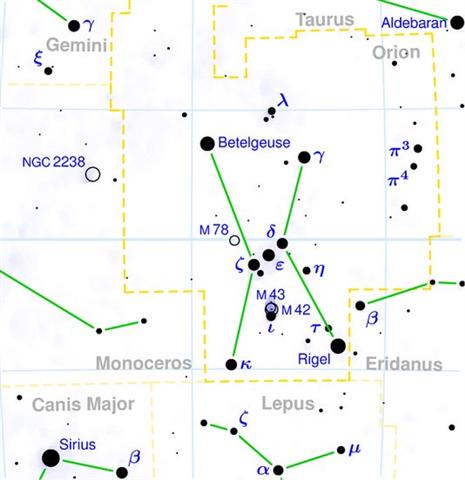
|
6
Febr (365 + 37) |
7 |
8
(404) |
9
(40) |
 |
 |
 |
 |
|
Cb10-9 (631) |
Cb10-10 → 100 |
Cb10-11 |
Cb10-12 (242 = 40 + 202) |
|
10² (100) + 11² (121) + 12² (144)
= 365 = 631 - 266:
|
|
ka hahaú
hia
- ko
te rima kua oho |
ku hahaú - kua ka
te ahi i ruga |
e te hau e |
ka oho te kihikihi
o te henua |
|
PYRAMID OF KHUFU
MINTAKA (Belt) = δ Orionis,
υ Orionis (82.4), χ Aurigae (82.5),
ε Columbae (82.6) |
PYRAMID OF KHAFRE
Al Hak'ah-3 (White Spot) /
Mrigashīrsha-5 (Stag's Head) /
Turtle Head-20 (Monkey) /
Mas-tab-ba-tur-tur (Little Twins)
ARNEB = α Leporis, Crab Nebula = M1
Tauri
(83.0,
φ¹ Orionis
(83.1),
HEKA = λ Orionis,
Orion Nebula = M42
(83.2),
HATYSA = ι Orionis
(83.5),
φ² Orionis
(83.6),
ALNILAM (String of Pearls) =
ε
Orionis
(83.7) |
PYRAMID OF MENKAURE
Three Stars-21 (Gibbon) /
Shur-narkabti-sha-shūtū-6 (Star in
the Bull towards the south) /
ANA-IVA-9 (Pillar of exit)
HEAVENLY GATE = ζ Tauri,
ν
Columbae (84.0),
ω
Orionis
(84.2),
ALNITAK (Girdle) =
ζ
Orionis,
PHAKT (Phaet) = α Columbae
(84.7) |
ο Aurigae (85.8), γ Leporis (85.9)
YANG MUN (α Lupi) |
|
June 11 |
12
(403 - 240) |
13
(164 = 84 + 80) |
14 |
|
Al Shaula-17
ALWAID (Mother Camels) = β Draconis,
MAASYM (Wrist) = λ Herculis
(265.1),
SHAULA (Sting) = λ Scorpii
(265.3),
KUMA = ν Draconis
(265.6),
σ
Arae (265.9)
HAMAL (α
Arietis) |
RAS ALHAGUE = α Ophiuchi
(266.1),
SARGAS = θ Scorpii (266.3), μ
Ophiuchi, π Arae (266.5),
NAN HAE
(Southern Sea) = ξ Serpentis
(266.6), AL
DHĪLI (The Wolf) = ω Draconis,
ι Herculis (266.7) |
λ Arae (267.1),
GIRTAB
(Seizer) = κ Scorpii, ο
Serpentis (267.6),
DSIBAN
(Wolf Pair)
= ψ Draconis
(267.9) |
KELB ALRAI (Dog of the Shepherd) =
β Ophiuchi,
μ
Arae (268.1),
KEW HO
(Nine
Rivers) =
μ Herculis
(268.6),
η
Pavonis (268.7),
APOLLYON
= ι Scorpii
(268.9) |
|
Dec 11 (345 = 84 + 261) |
12 (*26 + *240) |
13 |
14 |
|
... On February 9 the
Chorti Ah K'in,
'diviners', begin the
agricultural year. Both
the 260-day cycle and
the solar year are used
in setting dates for
religious and
agricultural ceremonies,
especially when those
rituals fall at the same
time in both calendars.
The ceremony begins when
the diviners go to a
sacred spring where they
choose five stones with
the proper shape and
color. These stones will
mark the five positions
of the sacred cosmogram
created by the ritual.
When the stones are
brought back to the
ceremonial house, two
diviners start the
ritual by placing the
stones on a table in a
careful pattern that
reproduces the schematic
of the universe. At the
same time, helpers under
the table replace last
year's diagram with the
new one. They believe
that by placing the
cosmic diagram under the
base of God at the
center of the world they
demonstrate that God
dominates the universe.
The priests place the
stones in a very
particular order. First
the stone that
corresponds to the sun
in the eastern, sunrise
position of summer
solstice is set down;
then the stone
corresponding to the
western, sunset position
of the same solstice.
This is followed by
stones representing the
western, sunset position
of the winter solstice,
then its eastern,
sunrise position.
Together these four
stones form a square.
They sit at the four
corners of the square
just as we saw in the
Creation story from the
Classic period and in
the Popol Vuh. Finally,
the center stone is
placed to form the
ancient five-point sign
modern researchers
called the quincunx ...
|
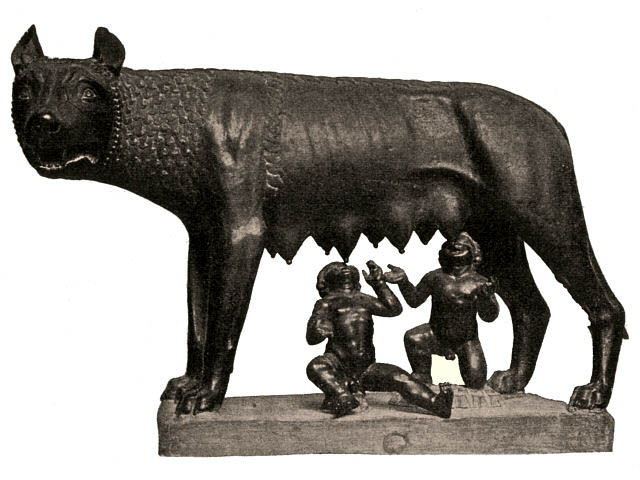 |
|
"Seamen have
called it [Mintaka] the
Golden Yard-arm;
tradesmen, the L, or
Ell, the Ell
and Yard, the
Yard-stick, and the
Yard-wand, as occupying
3° between the outer stars,
- the Elwand of Gavin
Douglas; Catholics, Our
Lady's Wand; and the
husbandmen of France and
along the Rhine, Râteau,
the Rake. In upper Germany
it has been the Three
Mowers; and it is often
the Magi, the
Three Kings, the
Three Marys, or simply
the Three Stars ..."
(Allen)
... 'Tell us a story!' said
the March Hare. 'Yes, please
do!' pleaded Alice. 'And be
quick about it', added the
Hatter, 'or you'll be asleep
again before it's done.'
'Once upon a time there were
three little sisters', the
Dormouse began in a great
hurry: 'and their names were
Elsie, Lacie, and Tillie;
and they lived at the bottom
of a well —
'
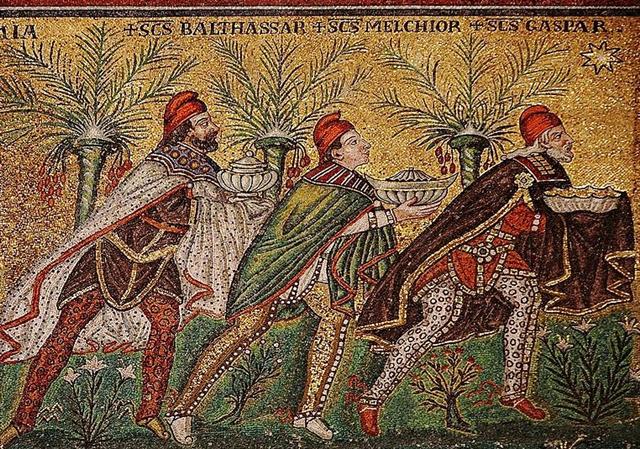 |
|
10 Febr |
11 |
12 (408) |
13 |
2-14 (40 + 5) |
15 |
|
... Nevertheless, by virtue of a
series of spectacular
coincidences, Cook made a
near-perfect ritual exit on the
night of 3 February. The timing
itself was nearly perfect, since
the Makahiki rituals
would end 1 February (±1 day),
being the 14th day of the second
Hawaiian month [Kau-lua].
This helps explain Mr. King's
entry for 2 February in the
published Voyage: 'Terreoboo [Kalaniopu'u]
and his Chiefs, had, for some
days past, been very inquisitive
abouth the time of our
departure' - to which his
private journal adds, '& seem'd
well pleas'd that it was soon'.
Captain Cook, responding to
Hawaiian importunities to leave
behind his 'son', Mr. King
[sic!], had even assured
Kalaniopu'u and the high
priest that he would come back
again
the following year. Long after
they had killed him, the
Hawaiians continued to believe
this would happen. Hence the
ultimate ritual coincidence,
which was meteorological: one of
the fertilizing storms of
winter, associated with the
advent of Lono, wreaked havoc
with the foremast of the
Resolution, and the British were
forced to return to Kealakekua
for repairs on 11 February
1779 ... Mr. King remarks that
there were not as many hundreds
of people at their return to
Kealakekua as there had been
thousands when they first came
in. A tabu was in effect, which
was ascribed to the king's
absence. By the best evidence,
the British had interrupted the
annual bonito-fishing rite, the
transition
from the Makahiki season to
normal temple ceremonies. Cook
was now hors cadre. And
things fell apart ...
... Early on Sunday morning,
14 February
1779, Captain Cook went ashore
with a party of marines to take
the Hawaiian king, Kalaniopu'u,
hostage against the return of
the Discovery's cutter, stolen
the night before in a bold
maneuver - of which, however,
the amiable old ruler was
innocent. At the decisive
moment, Cook and Kalaniopu'u,
the God and the King, will
confront each other as cosmic
adversaries. Permit me thus an
anthropological reading of the
historical texts. For in all the
confused Tolstoian narratives of
the affray - among which the
judicious Beaglehole refuses to
choose - the one recurrent
certainty is a dramatic
structure with the properties of
a ritual transformation. During
the passage inland to find the
king, thence seaward with his
royal hostage, Cook is
metamorphosed from a being of
veneration to an object of
hostility. When he came ashore,
the common people as usual
dispersed before him and
prostrated face to earth; but in
the end he was himself
precipitated face down in the
water by a chief's weapon, an
iron trade dagger, to be rushed
upon by a mob exulting over him,
and seeming to add to their own
honors by the part they could
claim in his death: 'snatching
the daggers from each other',
reads Mr. Burney's account, 'out
of eagerness to have their share
in killing him'. In the final
ritual inversion, Cook's body
would be offered in sacrifice by
the Hawaiian King
... |
 |
 |
 |
 |
 |
 |
|
Cb10-13 |
Cb10-14 (636) |
Cb10-15 |
Cb10-16 |
Cb10-17 |
Cb10-18 (248) |
|
te moa nui -
kua vaha |
te hokohuki-
te mata |
te matagi ma te rau hei |
te hokohuki -
te moko |
te kava - te
hokohuki |
te kihikihi i
te rima o te tagata |
|
Matagi.
Wind, air,
breeze, squall, tempest, rhumb.
P Pau.: matagi, the air,
wind. Mgv.: matagi, wind.
Mq.: metani, metaki,
wind, air. Ta.: matai,
wind. Churchill.
 |
|
μ Columbae,
SAIPH (Sword) = κ Orionis
(86.5), τ Aurigae, ζ Leporis
(86.6) |
υ Aurigae (87.1), ν Aurigae
(87.2),
WEZN (Weight) = β Columbae,
δ Leporis (87.7),
TZE (Son) = λ Columbae
(87.9) |
Ardra-6 (The Moist One) /
ANA-VARU-8 (Pillar to sit by)
χ¹ Orionis, ξ Aurigae (88.1),
BETELGEUZE
(House of the Giant) = α Orionis
(88.3), ξ Columbae (88.5), σ
Columbae (88.7)
ZUBEN ELGENUBI (α Librae
|
η Leporis (89.0),
PRAJA-PĀTI
(Lord of Created Beings) = δ
Aurigae,
MENKALINAN (Shoulder of the
Rein-holder) = β Aurigae,
MAHASHIM (Wrist) = θ Aurigae,
and γ Columbae (89.3), π Aurigae
(89.4), η Columbae (89.7) |
μ Orionis (90.3), χ² Orionis
(90.5) |
6h (91.3)
ν Orionis (91.4), θ Columbae
(91.5), π Columbae (91.6)
|
|
MULIPHEN
(Oaths) = γ Ophiuchi
(269.0),
BASANISMUS = G Scorpii
(269.5),
PHERKARD (The Dim One of the Two
Calves) = δ Ursae Minoris
(269.9) |
PTOLEMY
CLUSTER = M7 Scorpii
(270.5),
GRUMIUM (Lower Jaw) = ξ Draconis
(270.9) |
RUKBALGETHI GENUBI (Bending
Claw) = θ Herculis
(271.1), ξ Herculis (271.5),
ETAMIN
(Head) =γ Draconis, ν
Herculis (271.7), ν Ophiuchi
(271.8) |
Cat's Eye = NGC6543 Draconis
(272.2), ζ Serpentis (272.4), τ
Ophiuchi (272.9) |
Winnowing Basket-7 (Leopard)
18h (273.4)
NASH
(Point) = γ Sagittarii
(273.7), θ Arae (273.8) |
ZHŌNGSHĀN
= ο Herculis (274.0), π
Pavonis (274.6) |
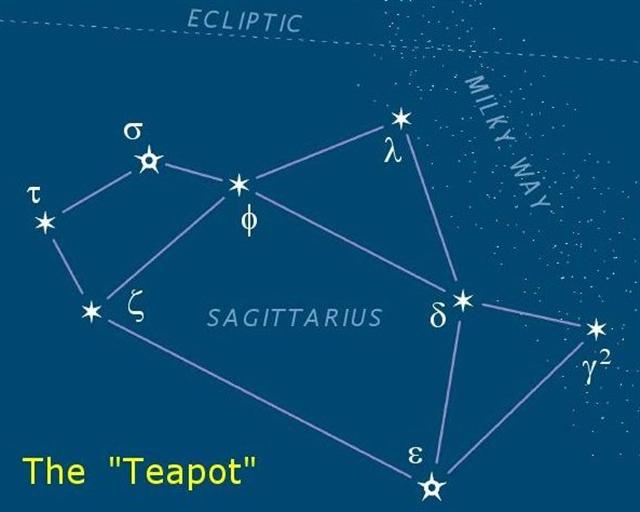
... As has already been
mentioned, the Delphians
worshipped Dionysus once a year
as the new-born child,
Liknites, 'the Child in the
Harvest Basket', which was a
shovel-shaped basket of rush and
osier used as a harvest basket,
a cradle, a manger, and a
winnowing-fan for tossing the
grain up into the air against
the wind, to separate it from
the chaff. The worship of the
Divine Child was established in
Minoan Crete, its most famous
early home in Europe. In 1903,
on the site of the temple of
Dictaean Zeues - the Zeus who
was yearly born in Rhea's cave
at Dicte near Cnossos, where
Pythagoras spent 'thrice nine
hallowed days' [27] of his
initiation - was found a Greek
hymn which seems to preserve the
original Minoan formula in which
the gypsum-powdered,
sword-dancing Curetes, or
tutors, saluted the Child at his
birthday feast. In it he is
hailed as 'the Cronian one' who
comes yearly to Dicte mounted on
a sow and escorted by a
spirit-throng, and begged for
peace and plenty as a reward for
their joyful leaps ...
 |
|
... Beyond the death
(sacrifice, rau hei) of
Captain Cook (Lono) a
tribute-canoe of offerings was
set adrift for Kahiki (Tahiti),
homeland of the gods, and the
first star in Argo Navis (viz.
Canopus, *95) was at the Sun 5
days after this basket / cradle
/ coracle, rising heliacally in
June 24 (80 + *95) = St John's
Day and half a year away from
Christmas Eve.
... Gronw Pebyr, who figures as the
lord of Penllyn - 'Lord of the Lake'
- which was also the title of Tegid
Voel, Cerridwen's husband, is really
Llew's twin and tanist ... Gronw
reigns during the second half of the
year, after Llew's sacrificial
murder; and the weary stag whom he
kills and flays outside Llew's
castle stands for Llew himself (a
'stag of seven fights'). This
constant shift in symbolic values
makes the allegory difficult for the
prose-minded reader to follow, but
to the poet who remembers the fate
of the pastoral Hercules the sense
is clear: after despatching Llew
with the dart hurled at him from
Bryn Kyvergyr, Gronw flays him, cuts
him to pieces and distributes the
pieces among his merry-men. The clue
is given in the phrase 'baiting his
dogs'. Math had similarly made a
stag of his rival Gilvaethwy,
earlier in the story.
It seems
likely that Llew's mediaeval
successor, Red Robin Hood, was also
once worshipped as a stag. His
presence at the Abbot's Bromley Horn
Dance would be difficult to account
for otherwise, and 'stag's horn'
moss is sometimes called 'Robin
Hood's Hatband'. In May, the stag
puts on his red summer coat.
Llew visits the Castle of Arianrhod
[Corona Borealis] in a coracle of
weed and sedge. The coracle is the
same old harvest basket in which
nearly every antique Sun-god makes
his New Year voyage; and the virgin
princess, his mother, is always
waiting to greet him on the bank
...
 |
|
|
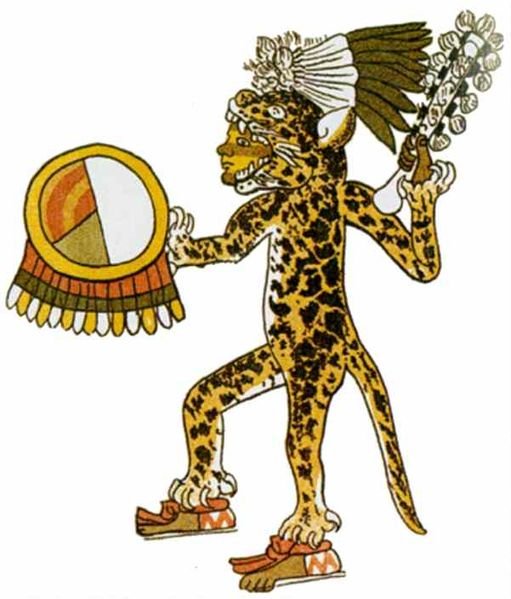
|
